
 Hodariyat Bridge ... completed ahead of schedule.
Hodariyat Bridge ... completed ahead of schedule.
THE UAE’s largest cable-stayed bridge – Hodariyat Bridge – which links the Abu Dhabi city’s western coastline to the Hodariyat Island, has been completed successfully six months ahead of schedule.
The impressive bridge was completed by the Tourism Development & Investment Company (TDIC), a master developer of tourism, cultural and residential projects in Abu Dhabi, and has now been handed over to the Department of Transport in Abu Dhabi.
The 1.3-km-long bridge provides a 29-m vertical clearance over a 170-m-wide navigation channel and carries six lanes of traffic and two walkways. The suspended bridge is the biggest of its kind in the UAE.
A joint venture of VSL Middle East and its local partner AST Overseas carried out the main bridge construction contract on the basis of an alternative design by International Bridge Technology. The alternative design was for a cable-stayed bridge with a central 200-m span. The original tender design had been for a balanced cantilever bridge with segments cast in situ, according to VSL Middle East. The cable-stayed alternative has been constructed using the incremental launching method for both of the approaches while the main spans have been built in balanced cantilever using precast concrete segments.
Work began in October 2009 and was concluded in March 2012.
Nabil Al Kendi, chief development officer at TDIC, says: “We are proud to have worked on this new addition to the beautiful collection of bridges in Abu Dhabi. The completion of Hodariyat Bridge marks an important milestone in the island’s history as it will facilitate its future development. It also marks another milestone for TDIC, as we successfully completed the project ahead of schedule.”
The bridge consists of a 36.3-m-wide single precast segmental concrete box girder with stiffening struts inside and outside. The 200-m-long main span is supported by a single plane of stay cables within the bridge median. The foundations are made up of 1.2-m-diameter and 1.5-m-diameter drilled shafts socketed into the bedrock, says VSL Middle East.
The 55-m-long approach spans were launched incrementally from the abutments, while the main span construction in balanced cantilever used a beam and winch system. The approach piers are made from precast segments cast by the long-line method. The pile caps have been formed from permanent precast shells supported by the pile casings.
More than 650 people and a total of five million man hours were dedicated to the timely completion of the bridge.
Faisal Ahmed Al Suwaidi, general director of main roads in Abu Dhabi Department of Transport, says: “The Department of Transport in Abu Dhabi is committed to working closely with different authorities, both government and private to provide the best solutions and added benefits to the residents of the emirate. This is achieved by developing sustainable transport infrastructure and systems aimed at providing easier and safe transport solutions for the public in Abu Dhabi and adhering to world-class environmental standards.”
The handover of Hodariyat Bridge to the Department of Transport follows the recent completion of the Al Bateen Beach project by TDIC, which is located in close proximity to the bridge.






.jpg)


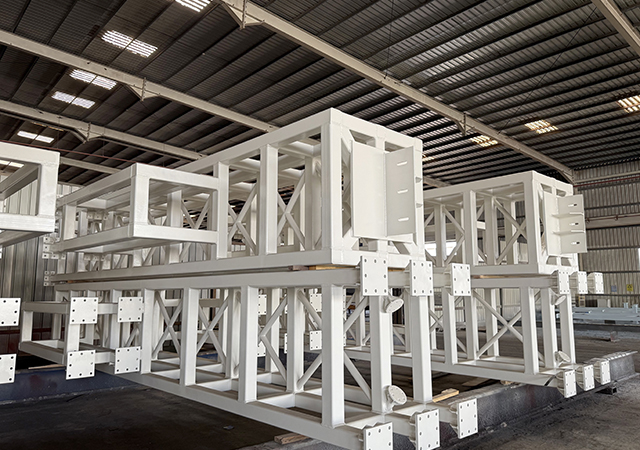




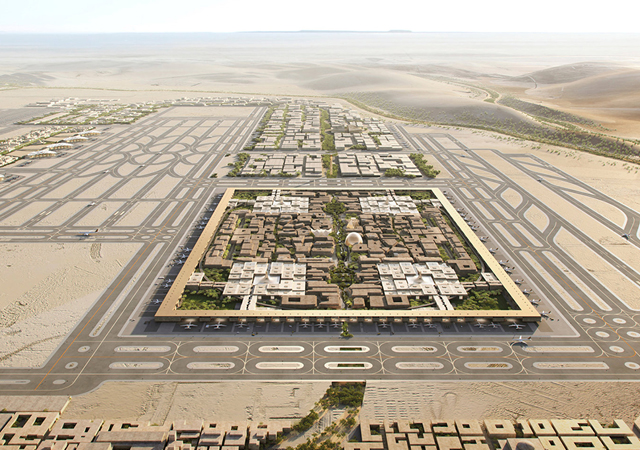
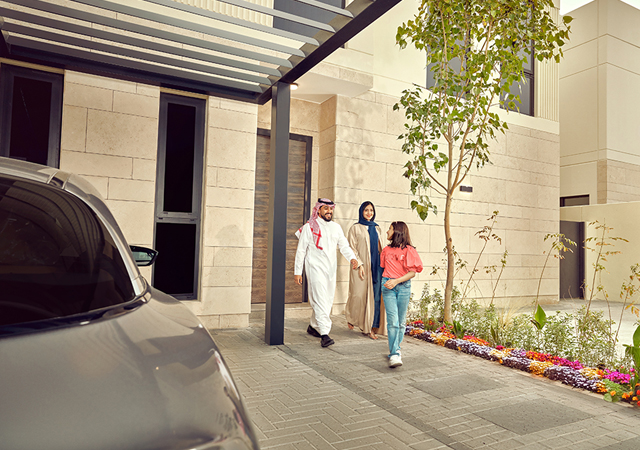
.jpg)




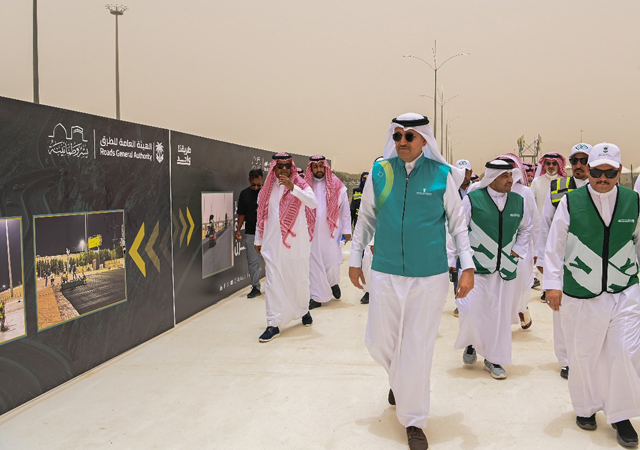

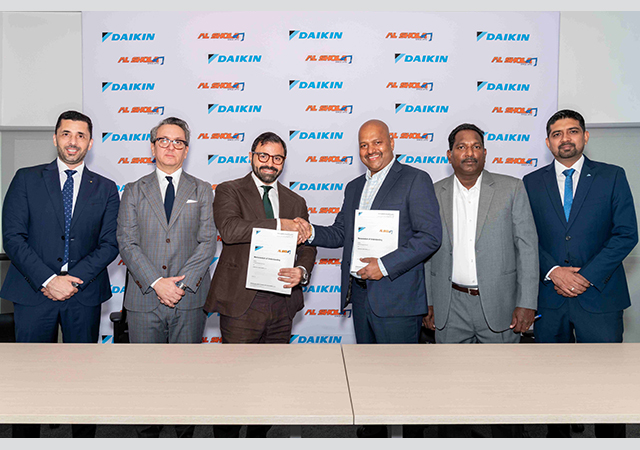

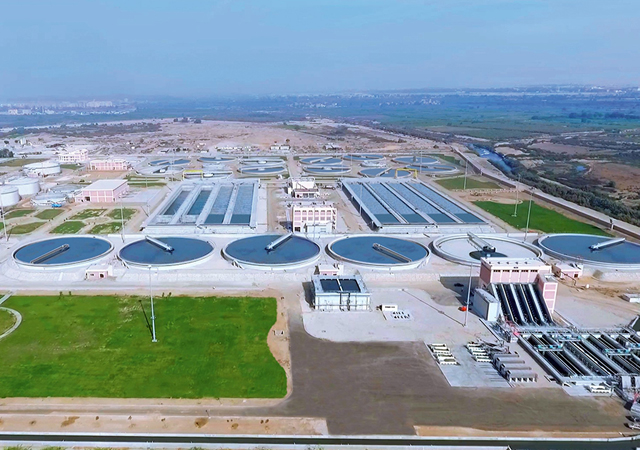

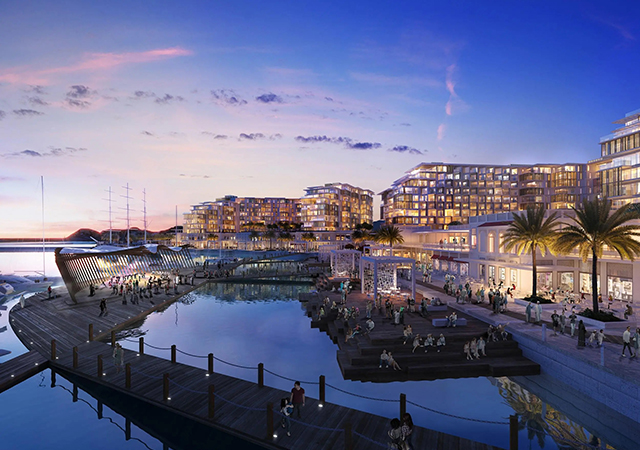

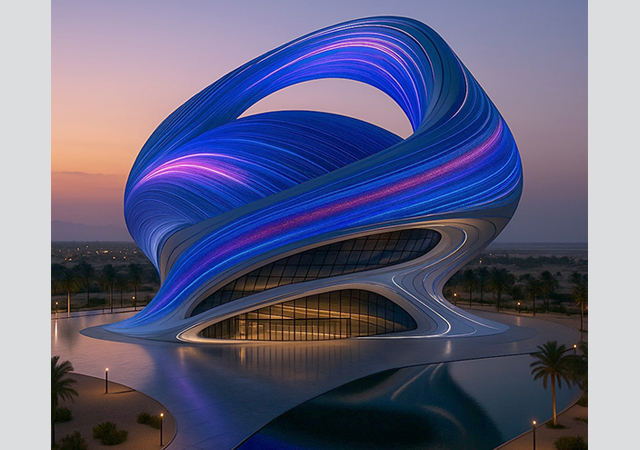

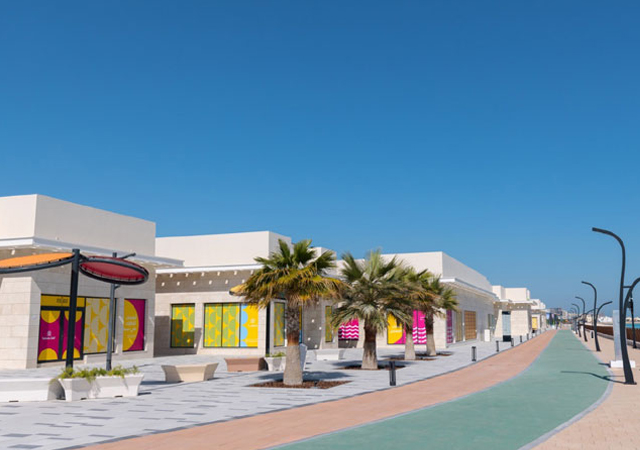

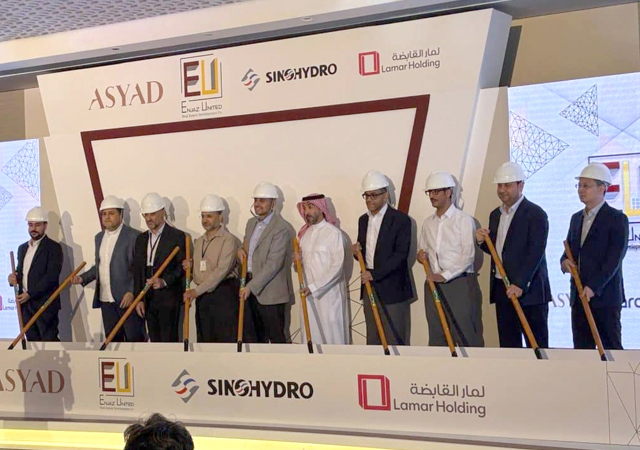
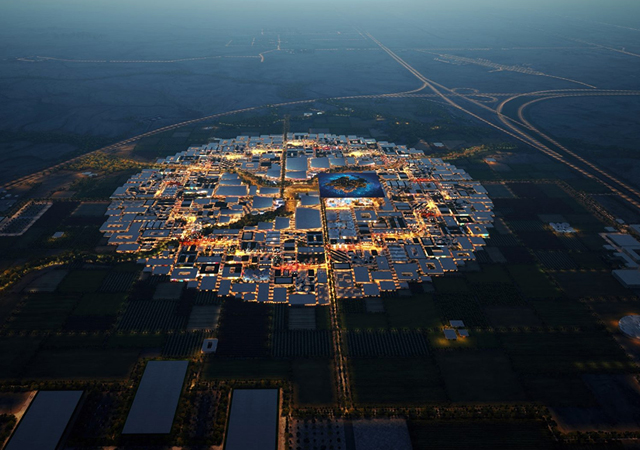
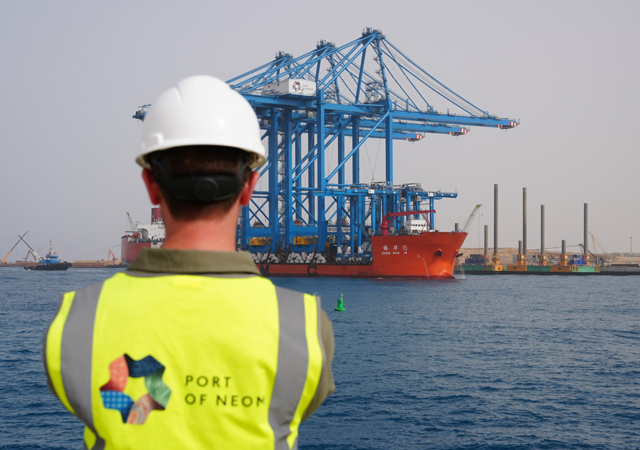
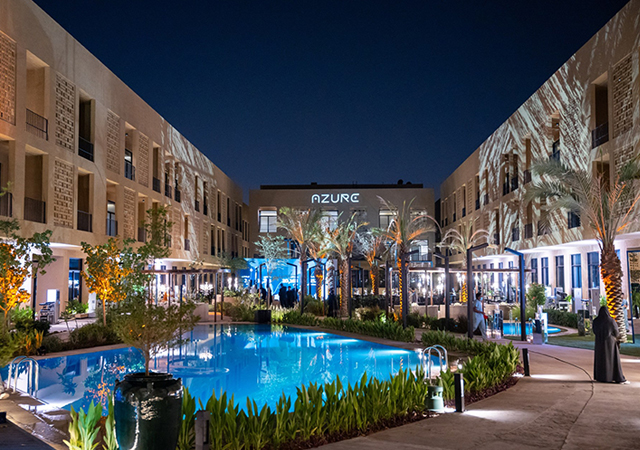
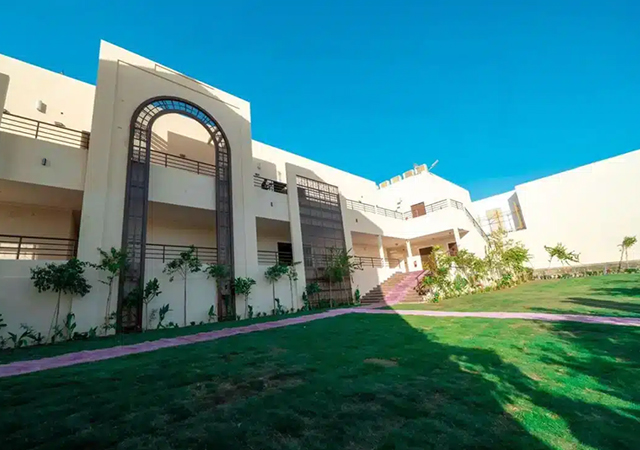


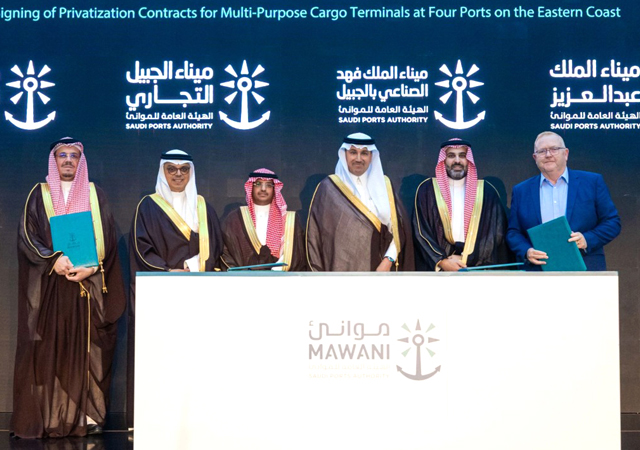
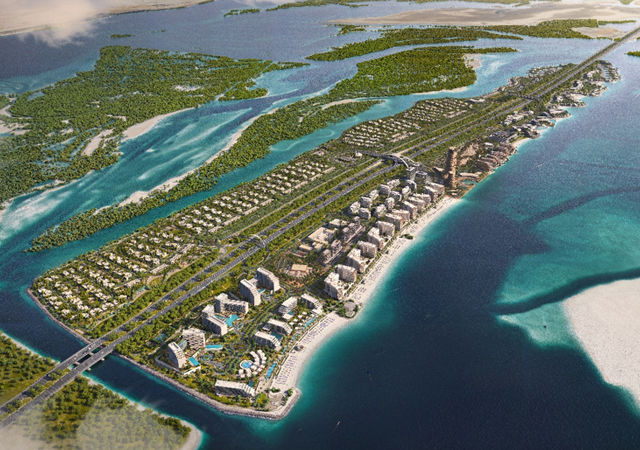

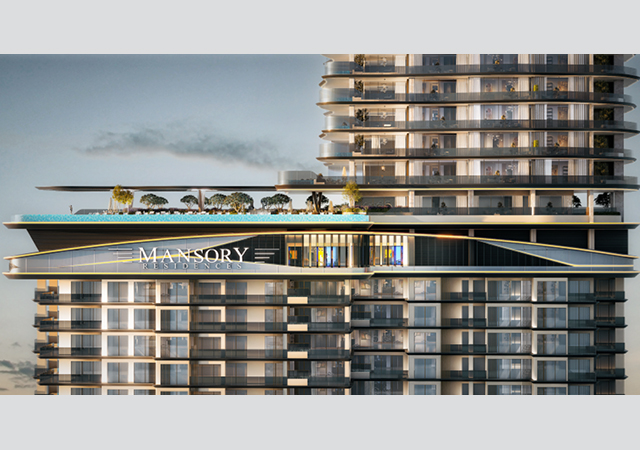


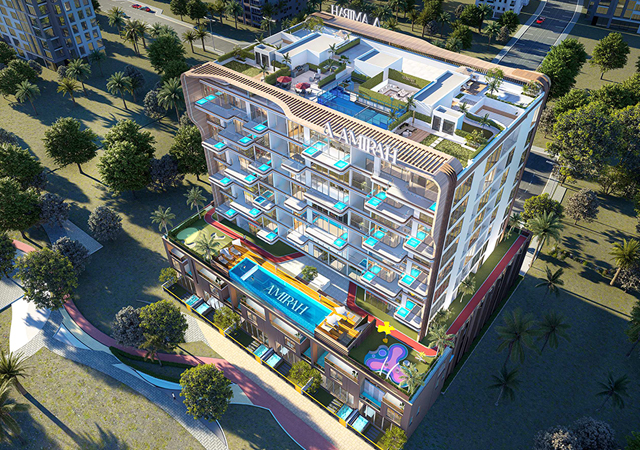
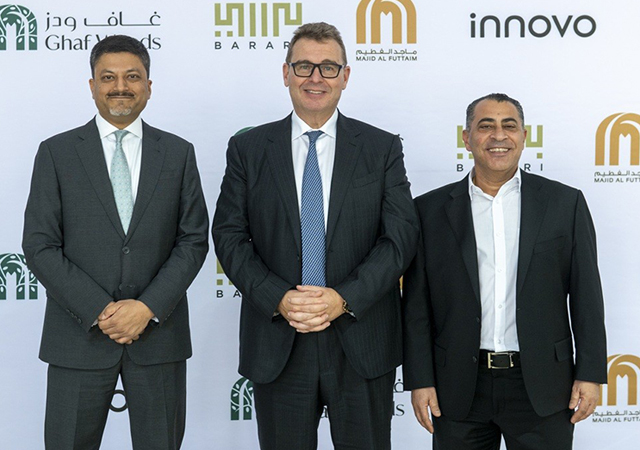
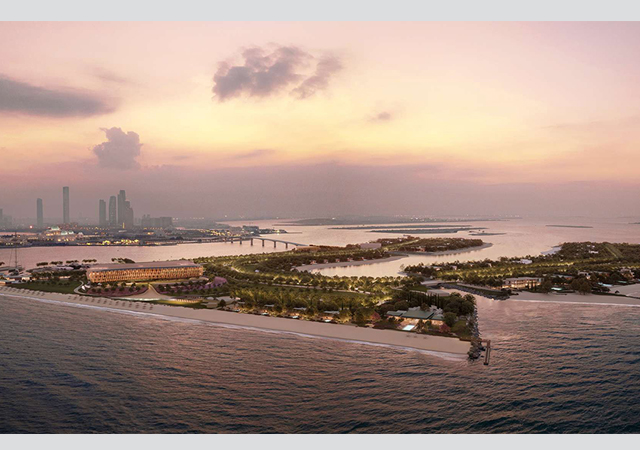
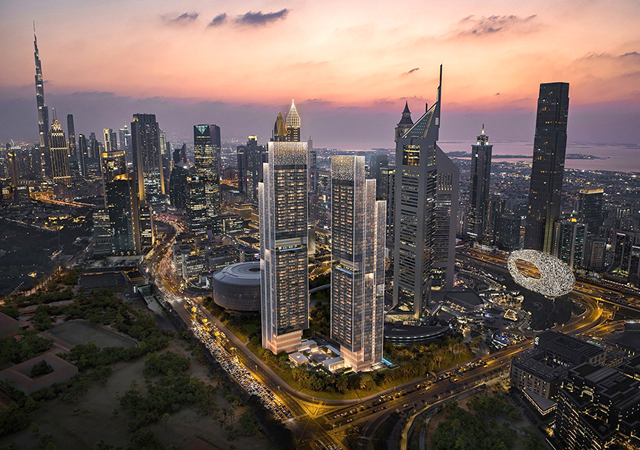


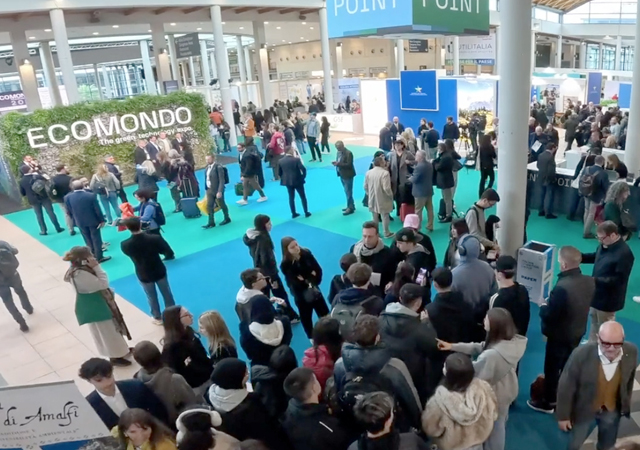
.jpg)





